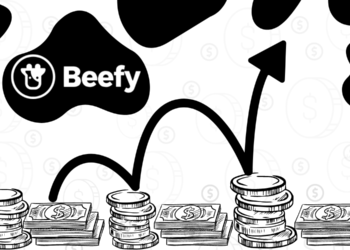Cryptocurrency security is of paramount importance in the digital age, as the decentralized and largely irreversible nature of these digital assets necessitates a proactive approach to safeguarding your holdings. Hardware wallets play a central role in enhancing security, and understanding the dos and don’ts of using them is vital.
The Importance of Cryptocurrency Security
The security of your cryptocurrency holdings ensures the protection of your financial assets from potential threats, including hacking, scams, and theft. Cryptocurrencies are highly appealing to malicious actors due to the potential for anonymity and the lack of intermediaries, making security a top priority for anyone involved in the digital asset space.
The Do’s and Don’ts of Hardware Wallet Usage
- Do’s
- Use a Hardware Wallet: Hardware wallets are physical devices that store your private keys offline, making them one of the most secure methods to protect your cryptocurrencies. Popular hardware wallets include Ledger and Trezor.
- Keep Your Recovery Seed Secure: Hardware wallets provide a recovery seed (a series of words) that can be used to recover your funds if the device is lost or damaged. Store this seed in a safe and secure location, ideally offline, and never share it with anyone.
- Regularly Update Your Firmware: Keep your hardware wallet’s firmware up to date to ensure you have the latest security enhancements and bug fixes.
- Don’ts:
- Don’t Share Your Private Keys: Under no circumstances should you share your hardware wallet’s private keys with anyone. Your private keys are your digital signatures and should remain confidential.
- Avoid Using Untrusted or Borrowed Hardware Wallets: Only use hardware wallets you’ve purchased from reputable sources. Avoid using borrowed or second-hand hardware wallets, as they could be compromised.
- Be Cautious of Phishing Scams: Be on the lookout for phishing scams that attempt to trick you into revealing your recovery seed or private keys. Verify the authenticity of the hardware wallet manufacturer’s website and communication channels.
In conclusion, cryptocurrency security is paramount in the digital age, and hardware wallets are invaluable tools for protecting your digital assets. Adhering to best practices, such as keeping your recovery seed secure and using reputable hardware wallets, will help you navigate the cryptocurrency landscape with confidence and peace of mind.
Disclosure: This is not trading or investment advice. Always do your research before buying any cryptocurrency or investing in any service.
Image Source: marselin888//23RF// Image Effects by Colorcinch












